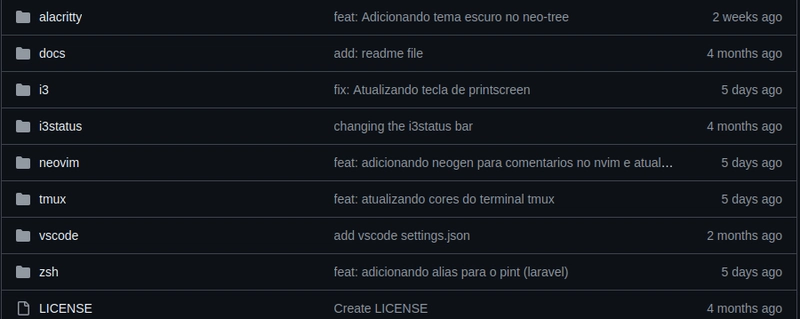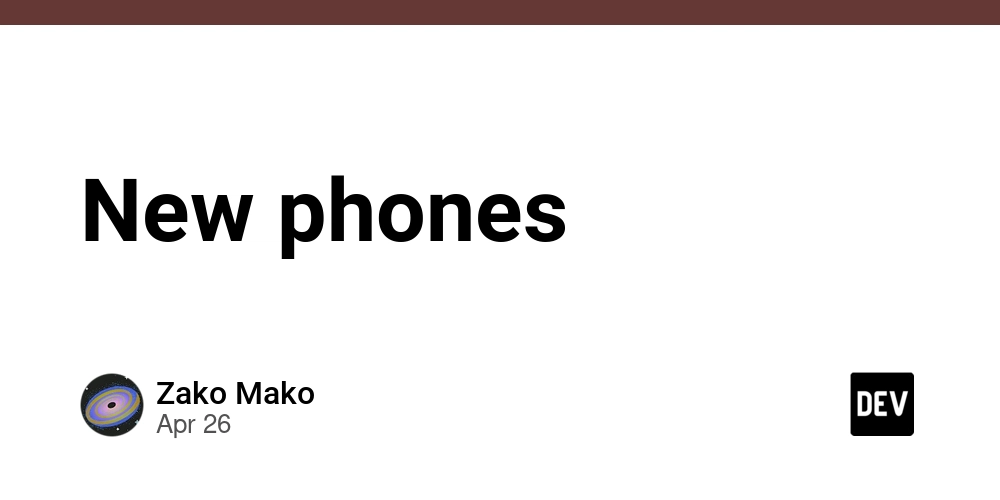How to Fix Foreground Service Permission Issues in Kotlin Apps
Introduction If you've encountered an issue with getting your app approved due to problems with the FOREGROUND_SERVICE permission in Kotlin, you're not alone. Many developers face challenges driven by unclear guidelines from the Google Play Store. This article will explore the common reasons for rejection, how to properly declare your app's use of foreground services, and best practices to ensure your app meets compliance standards. Understanding Foreground Service Permission Foreground services allow your application to perform long-running operations while the user is aware of what it is doing. These services are typically used for tasks that need to keep running even if the app is not actively in foreground. However, Google has strict policies regarding how these permissions should be implemented and documented. The rejection notice you received essentially highlights the need for clearer communication through your app description and supporting video. If this has happened despite multiple releases, it may signal a need for a detailed inspection of the information provided to Google Play. Common Causes for Rejection Understanding the nuances of the rejection can help you take corrective actions. Here are some frequent reasons why apps are rejected for insufficient use of FOREGROUND_SERVICE permission: Incomplete Video Documentation: Your video must clearly demonstrate how your app uses the foreground service. It should not simply highlight the service but show how integral it is to the app's functionality. Improper App Description: The app's description in the Play Store should adequately articulate why the foreground service is essential. If the core features requiring this permission are under-explained or unclear, acceptance might be denied. Lack of Testing Credentials: Google may require valid credentials to confirm that your app behaves as expected when the foreground service is utilized. Step-by-Step Solution Let's walk through the steps you should take to ensure your app is compliant with Google Play's policies regarding foreground service permission. Step 1: Review Your App Description Make sure that your app's description succinctly explains the core functionality that requires FOREGROUND_SERVICE permission. Here’s an example of how to phrase that: ### App Description Sample Our app provides real-time notifications for critical updates that require the app to run in the foreground, ensuring timely alerts when you need them most. Step 2: Update Your Video Submission Your video documentation must clearly showcase how and when your foreground service permission is utilized. Here's a brief guideline for your video: Start with a brief introduction to the app. Demonstrate the core feature that depends on the foreground service. For example, if it’s a location tracking feature, show how the app tracks location in real-time while displaying notifications. Provide a clear narrative explaining why this feature requires a foreground service, focusing on user engagement and necessity. Step 3: Validate Testing Credentials Ensure to include valid testing credentials along with your submission. This could be an account that allows Google to see the app functionality directly or a detailed guide on how to access it. If the testing words are clear, verification can be much quicker. Step 4: Resubmit Your Declaration Once you've made changes to the app description, video, and ensured testing credentials, you will need to resubmit your declaration with the updated information. Be concise and ensure all new materials are referenced in your submission. Additional Tips Consult Google Play Policies: Regularly review Google’s policies for any updates regarding permissions and app compliance. Seek Feedback: Consider asking fellow developers or communities for feedback on your video and app description before submission. Test Thoroughly: Always test your app adequately to ensure all core functionalities work seamlessly in various scenarios. Frequently Asked Questions What is a Foreground Service? A foreground service is a service that runs in the foreground to perform tasks that are noticeable to the user, such as music playback or location tracking. It must display a notification while running. Why Does My App Keep Getting Rejected? Your app may face repeated rejections due to insufficient clarity in how the foreground service is utilized, poor documentation, or not meeting the required policies outlined by Google Play. How Can I Improve My Video Submission? Make your video straightforward, demonstrating the actual use case of the foreground service within your app, and clearly connect it to the declared permission requirements. Conclusion By refining your app's description, improving your video documentation, ensuring valid testing credentials, and aligning with Google Play’s policies, you can increase your chances of getting approval for apps that use FOREGROUND_SERVICE permis

Introduction
If you've encountered an issue with getting your app approved due to problems with the FOREGROUND_SERVICE permission in Kotlin, you're not alone. Many developers face challenges driven by unclear guidelines from the Google Play Store. This article will explore the common reasons for rejection, how to properly declare your app's use of foreground services, and best practices to ensure your app meets compliance standards.
Understanding Foreground Service Permission
Foreground services allow your application to perform long-running operations while the user is aware of what it is doing. These services are typically used for tasks that need to keep running even if the app is not actively in foreground. However, Google has strict policies regarding how these permissions should be implemented and documented.
The rejection notice you received essentially highlights the need for clearer communication through your app description and supporting video. If this has happened despite multiple releases, it may signal a need for a detailed inspection of the information provided to Google Play.
Common Causes for Rejection
Understanding the nuances of the rejection can help you take corrective actions. Here are some frequent reasons why apps are rejected for insufficient use of FOREGROUND_SERVICE permission:
- Incomplete Video Documentation: Your video must clearly demonstrate how your app uses the foreground service. It should not simply highlight the service but show how integral it is to the app's functionality.
- Improper App Description: The app's description in the Play Store should adequately articulate why the foreground service is essential. If the core features requiring this permission are under-explained or unclear, acceptance might be denied.
- Lack of Testing Credentials: Google may require valid credentials to confirm that your app behaves as expected when the foreground service is utilized.
Step-by-Step Solution
Let's walk through the steps you should take to ensure your app is compliant with Google Play's policies regarding foreground service permission.
Step 1: Review Your App Description
Make sure that your app's description succinctly explains the core functionality that requires FOREGROUND_SERVICE permission. Here’s an example of how to phrase that:
### App Description Sample
Our app provides real-time notifications for critical updates that require the app to run in the foreground, ensuring timely alerts when you need them most.
Step 2: Update Your Video Submission
Your video documentation must clearly showcase how and when your foreground service permission is utilized. Here's a brief guideline for your video:
- Start with a brief introduction to the app.
- Demonstrate the core feature that depends on the foreground service. For example, if it’s a location tracking feature, show how the app tracks location in real-time while displaying notifications.
- Provide a clear narrative explaining why this feature requires a foreground service, focusing on user engagement and necessity.
Step 3: Validate Testing Credentials
Ensure to include valid testing credentials along with your submission. This could be an account that allows Google to see the app functionality directly or a detailed guide on how to access it. If the testing words are clear, verification can be much quicker.
Step 4: Resubmit Your Declaration
Once you've made changes to the app description, video, and ensured testing credentials, you will need to resubmit your declaration with the updated information. Be concise and ensure all new materials are referenced in your submission.
Additional Tips
- Consult Google Play Policies: Regularly review Google’s policies for any updates regarding permissions and app compliance.
- Seek Feedback: Consider asking fellow developers or communities for feedback on your video and app description before submission.
- Test Thoroughly: Always test your app adequately to ensure all core functionalities work seamlessly in various scenarios.
Frequently Asked Questions
What is a Foreground Service?
A foreground service is a service that runs in the foreground to perform tasks that are noticeable to the user, such as music playback or location tracking. It must display a notification while running.
Why Does My App Keep Getting Rejected?
Your app may face repeated rejections due to insufficient clarity in how the foreground service is utilized, poor documentation, or not meeting the required policies outlined by Google Play.
How Can I Improve My Video Submission?
Make your video straightforward, demonstrating the actual use case of the foreground service within your app, and clearly connect it to the declared permission requirements.
Conclusion
By refining your app's description, improving your video documentation, ensuring valid testing credentials, and aligning with Google Play’s policies, you can increase your chances of getting approval for apps that use FOREGROUND_SERVICE permission. Don’t hesitate to start this process as soon as possible to keep your app in good standing with the Play Store.
With these focused steps, you should be well-equipped to navigate the compliance requirements for the FOREGROUND_SERVICE permission and resubmit your app confidently.
_Wavebreakmedia_Ltd_IFE-240611_Alamy.jpg?width=1280&auto=webp&quality=80&disable=upscale#)



















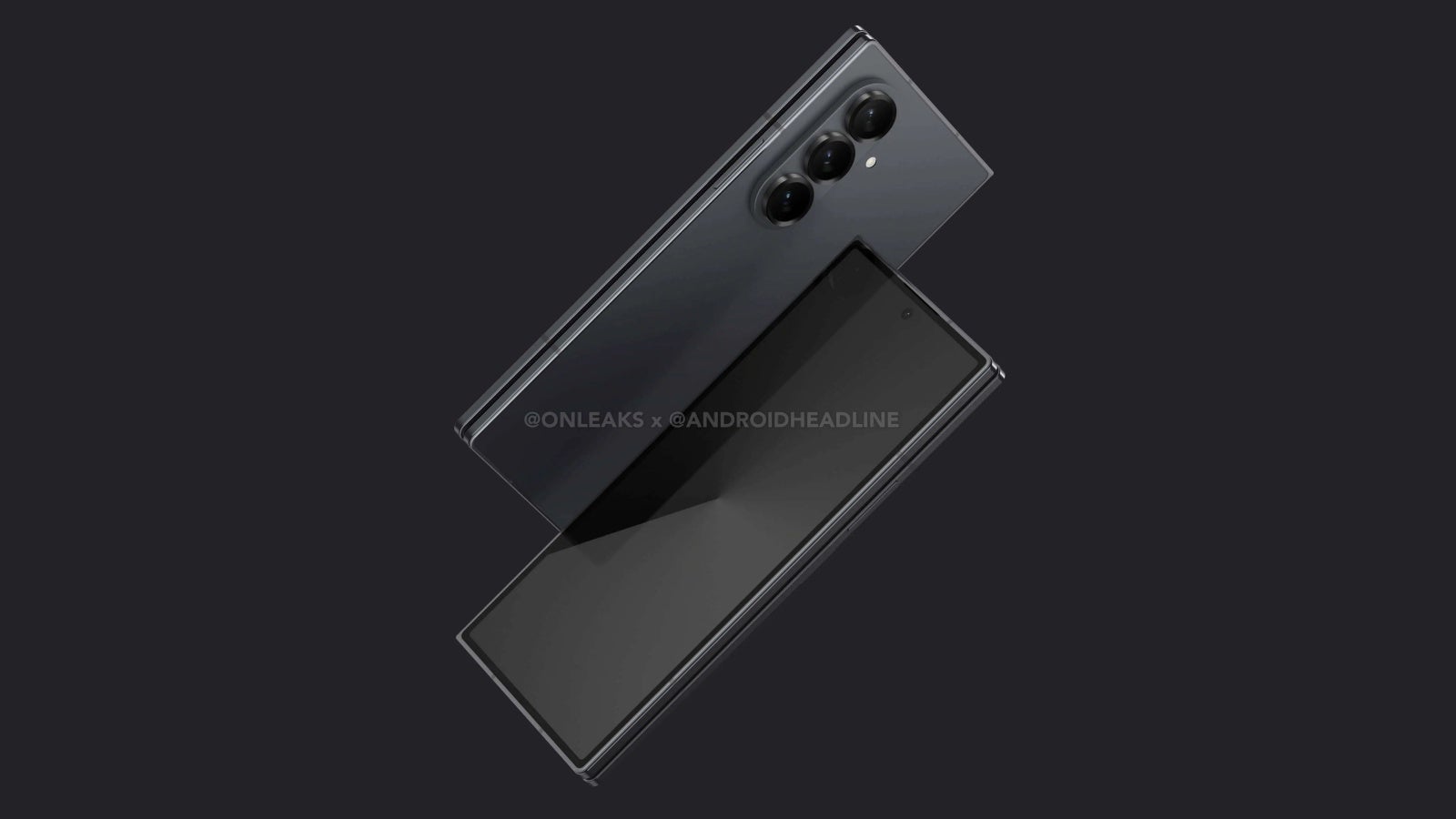
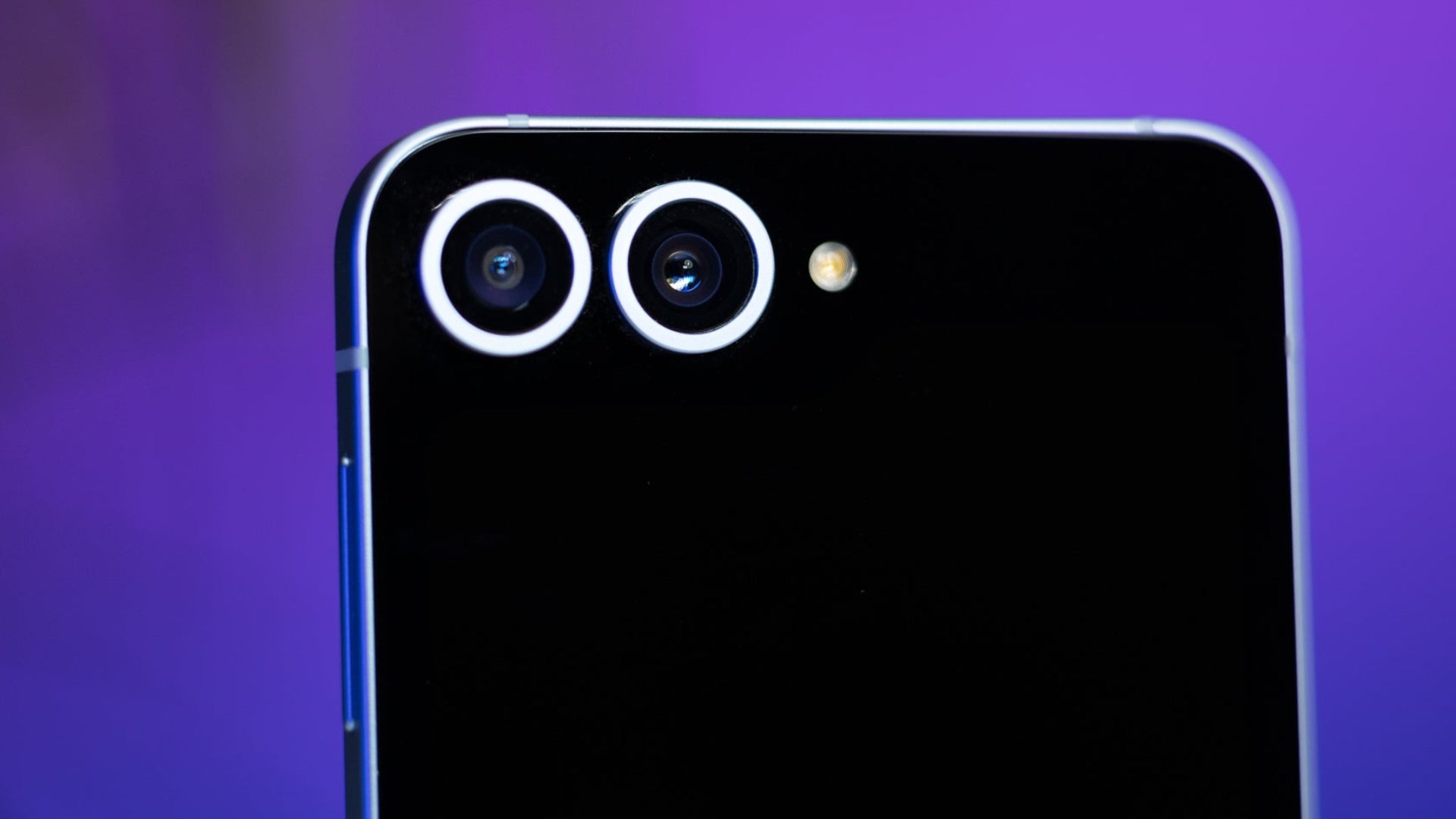

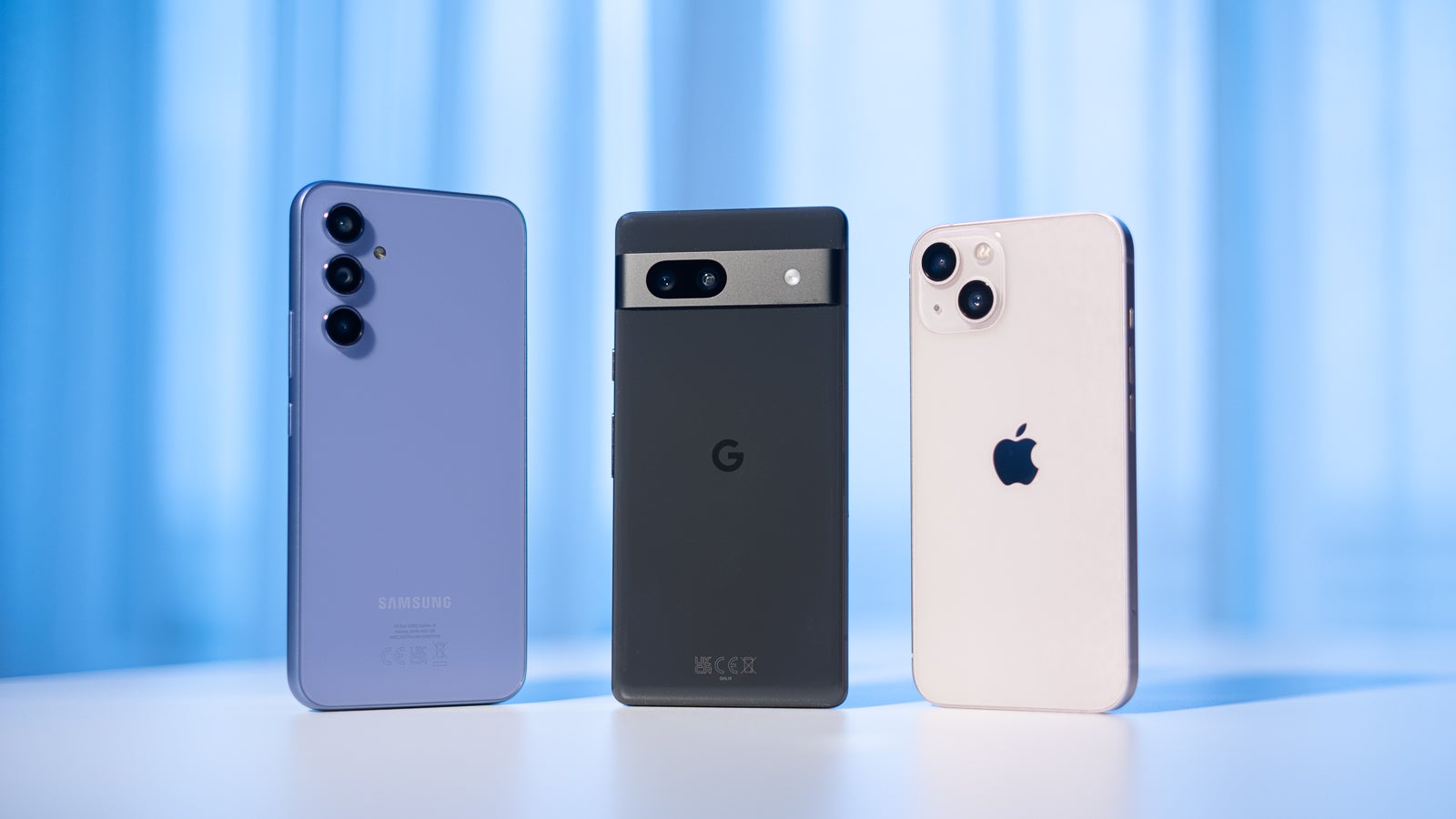





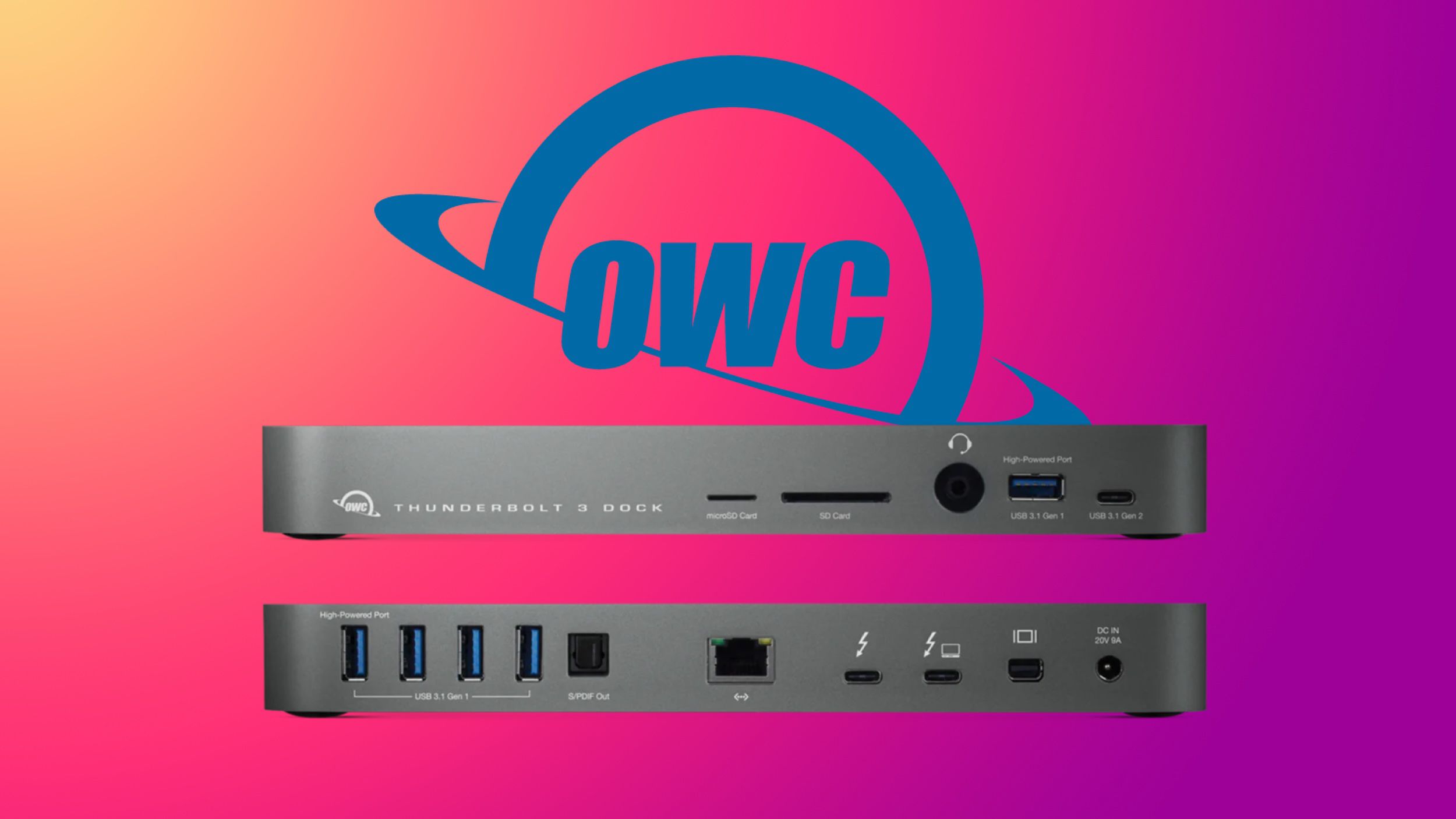
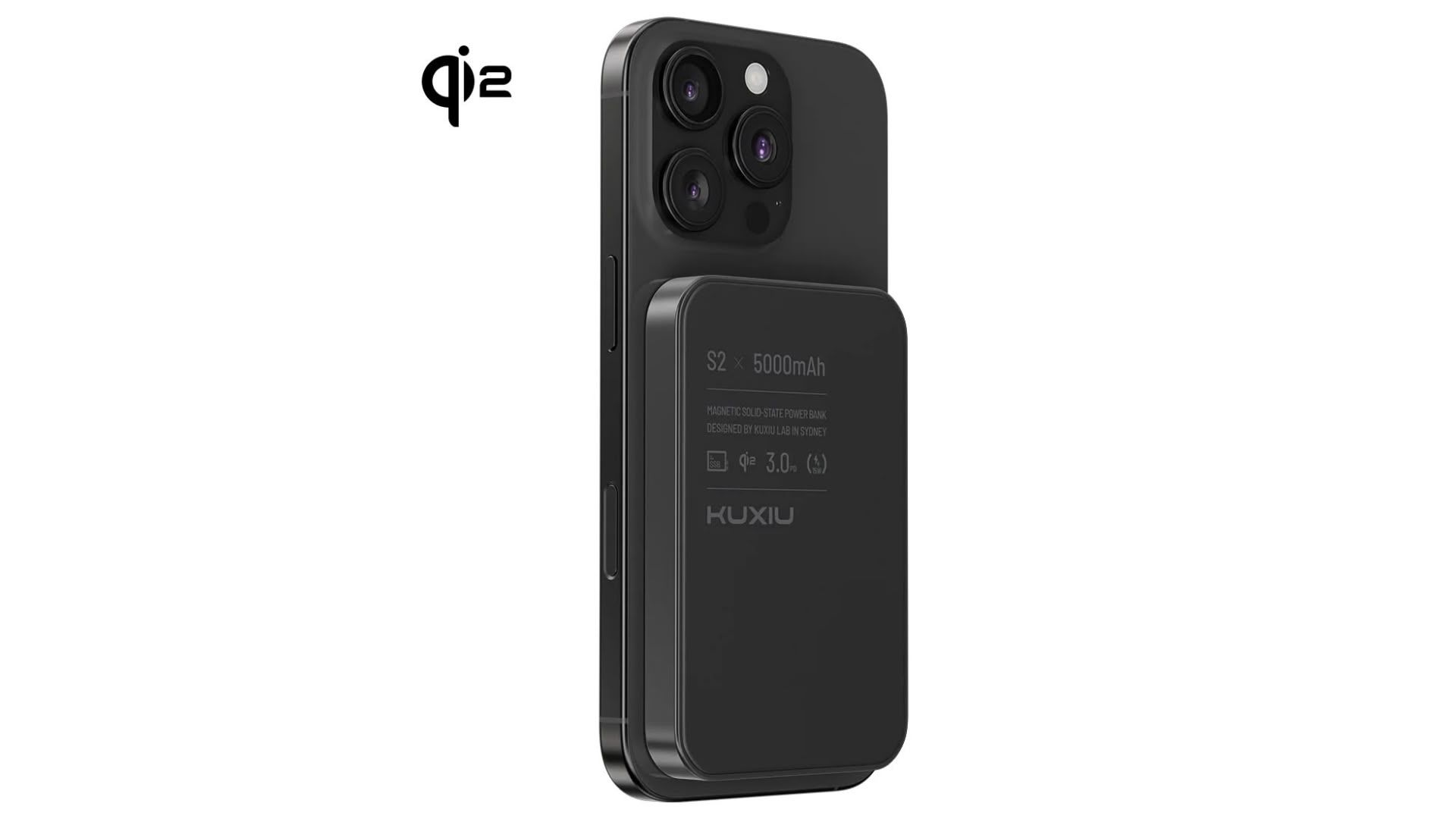



















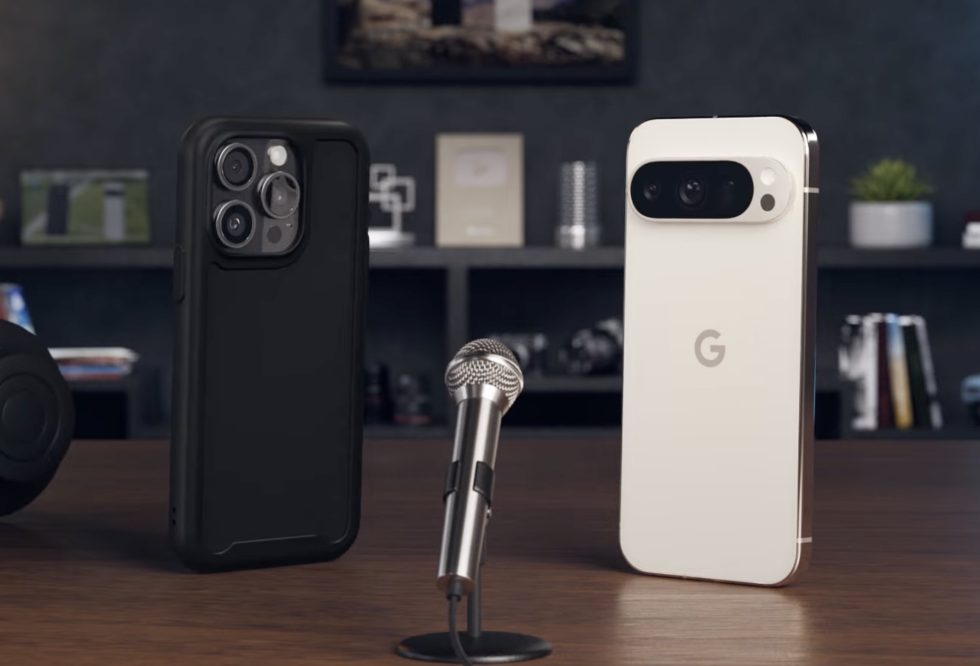






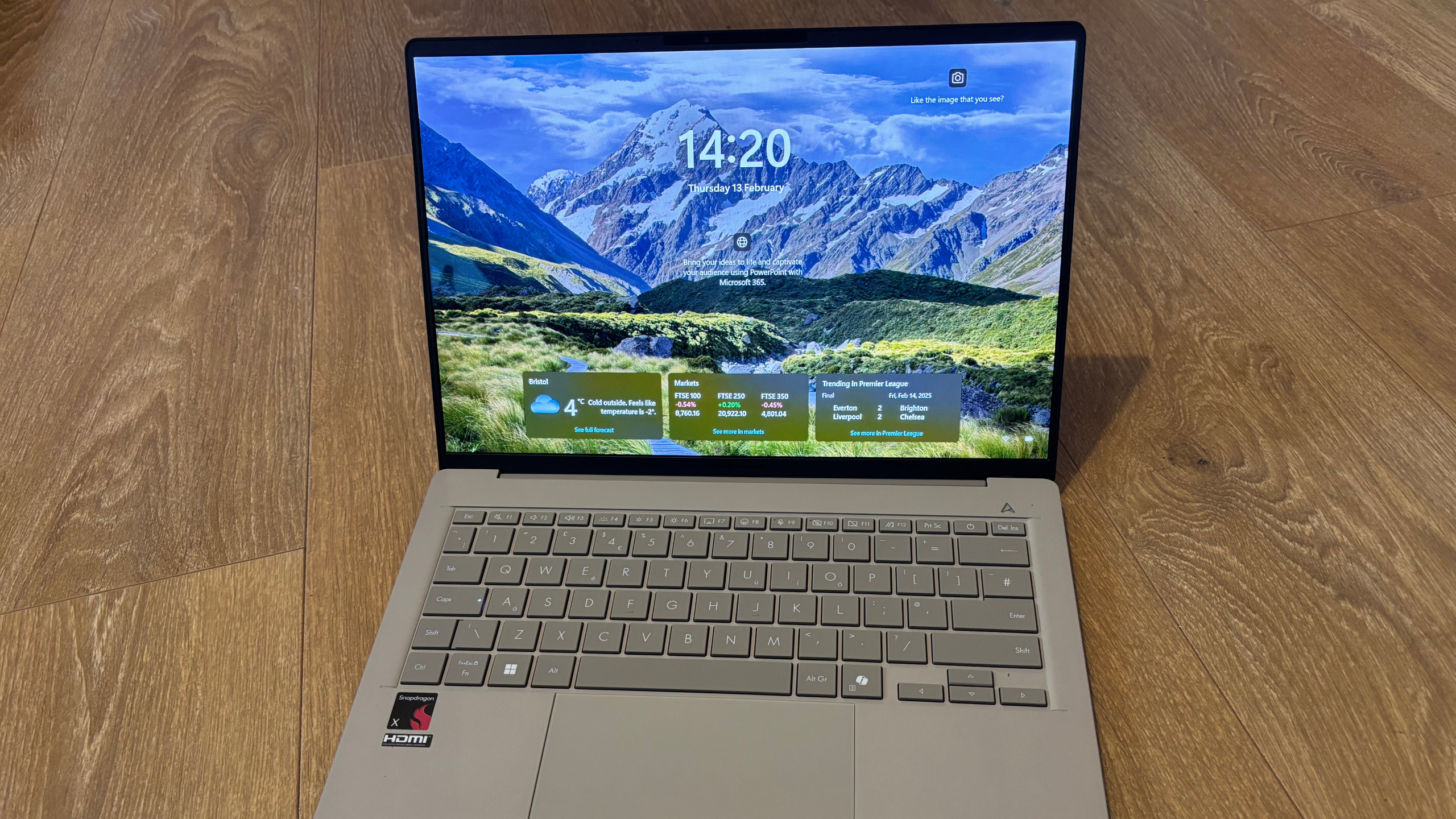
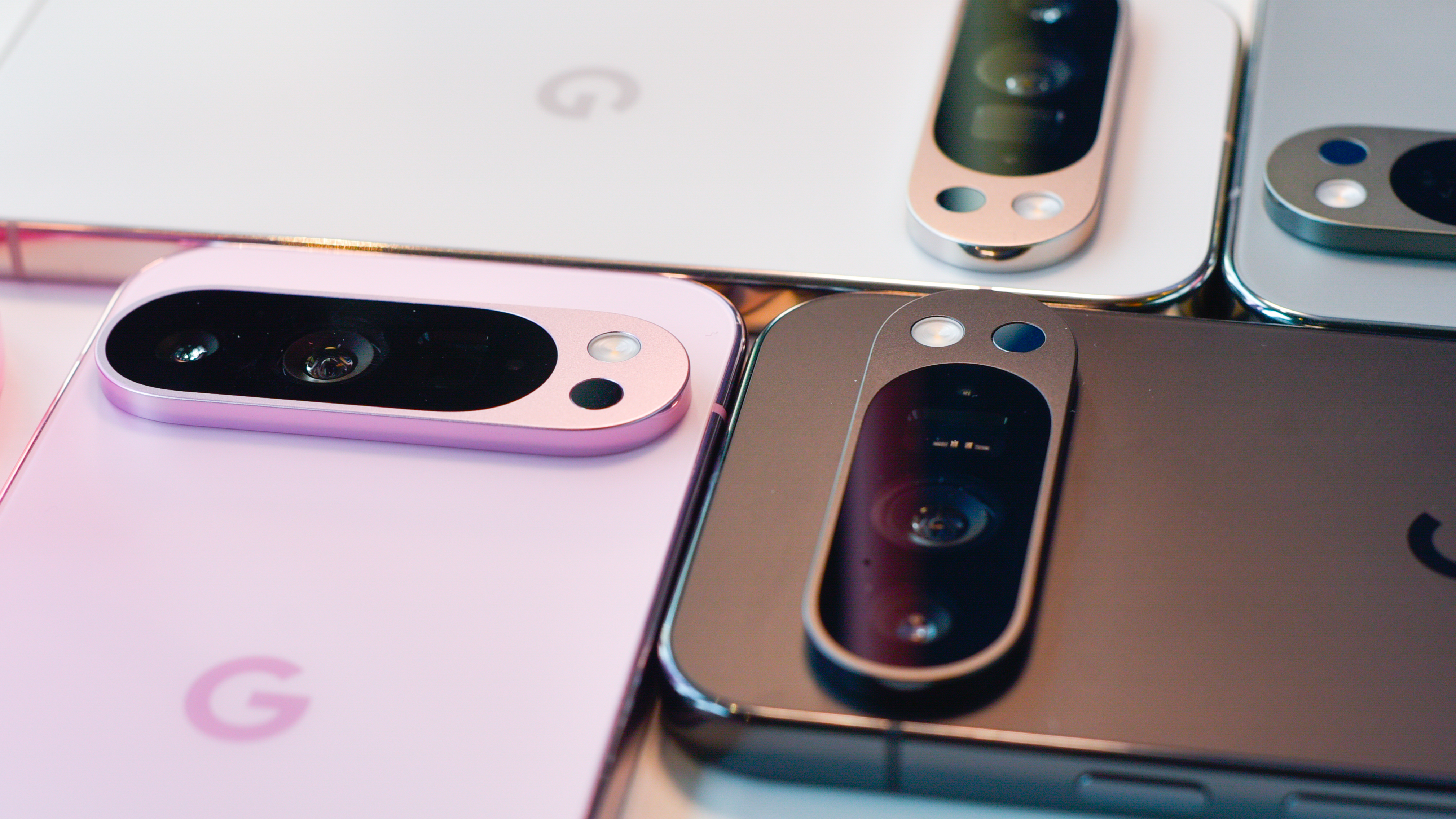
















![Netflix Unveils Redesigned TV Interface With Smarter Recommendations [Video]](https://www.iclarified.com/images/news/97249/97249/97249-640.jpg)

![Apple Seeds watchOS 11.5 RC to Developers [Download]](https://www.iclarified.com/images/news/97235/97235/97235-640.jpg)


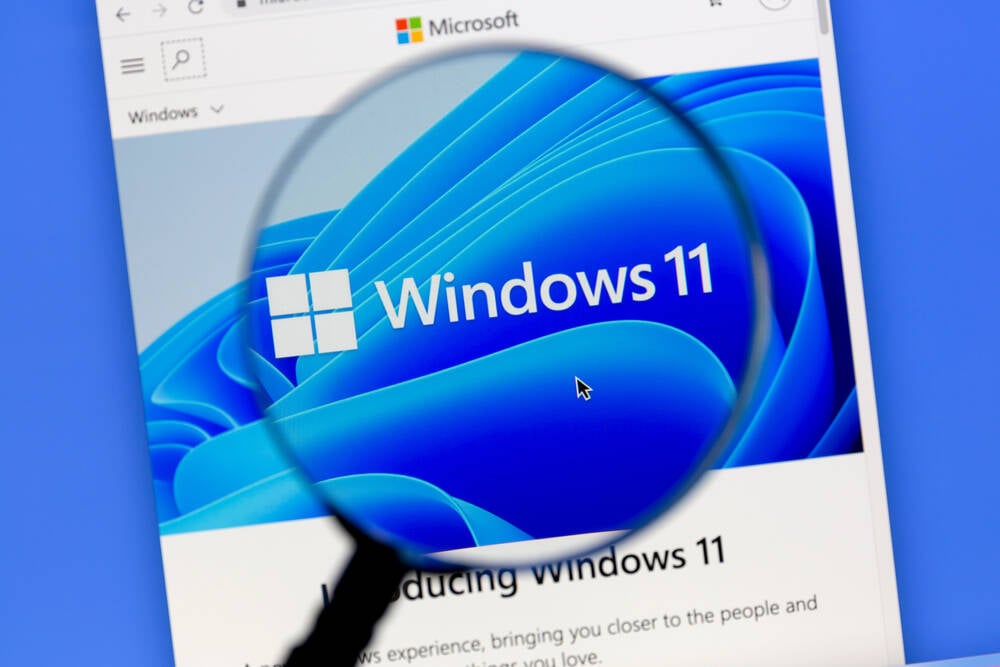





















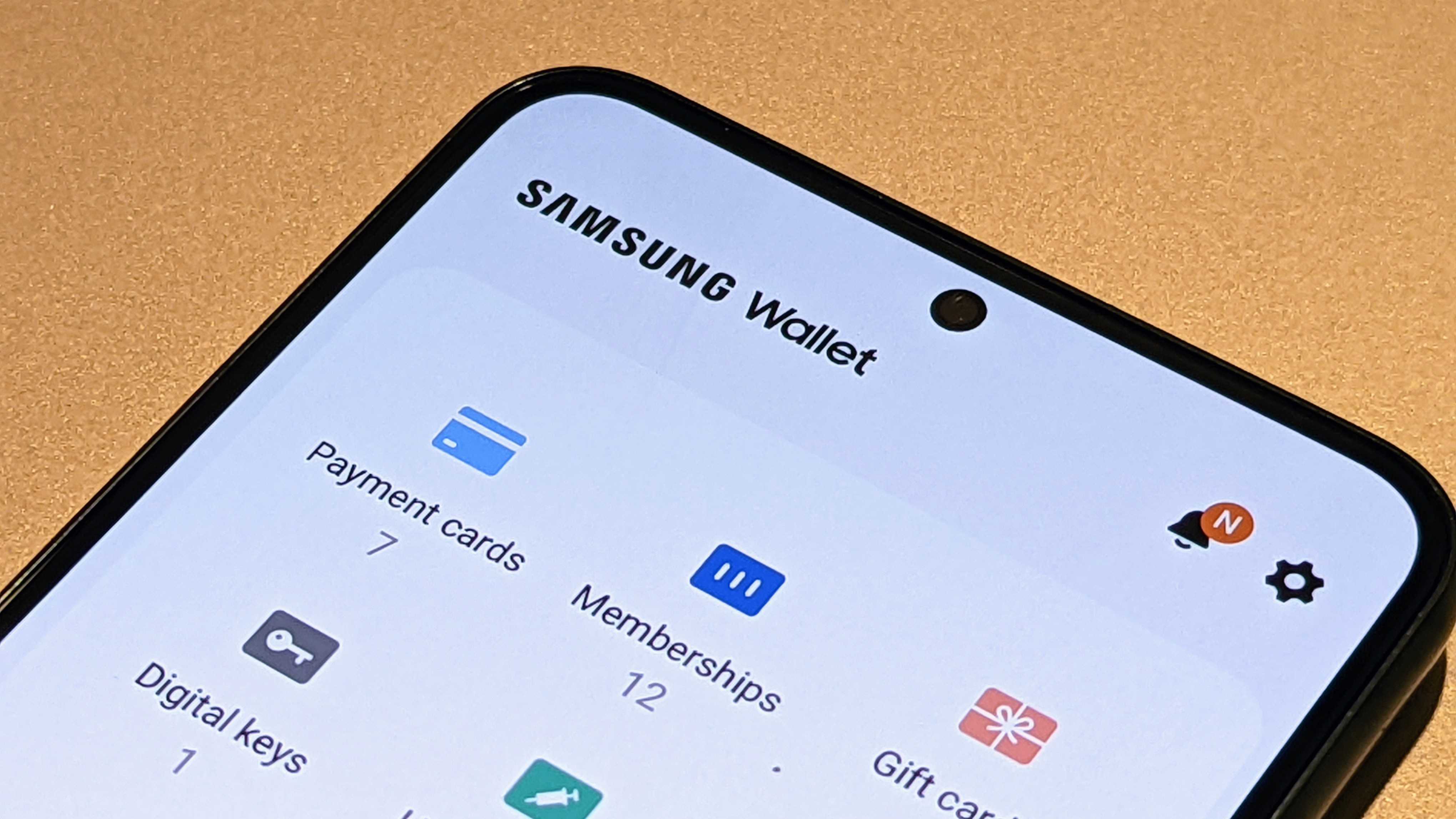


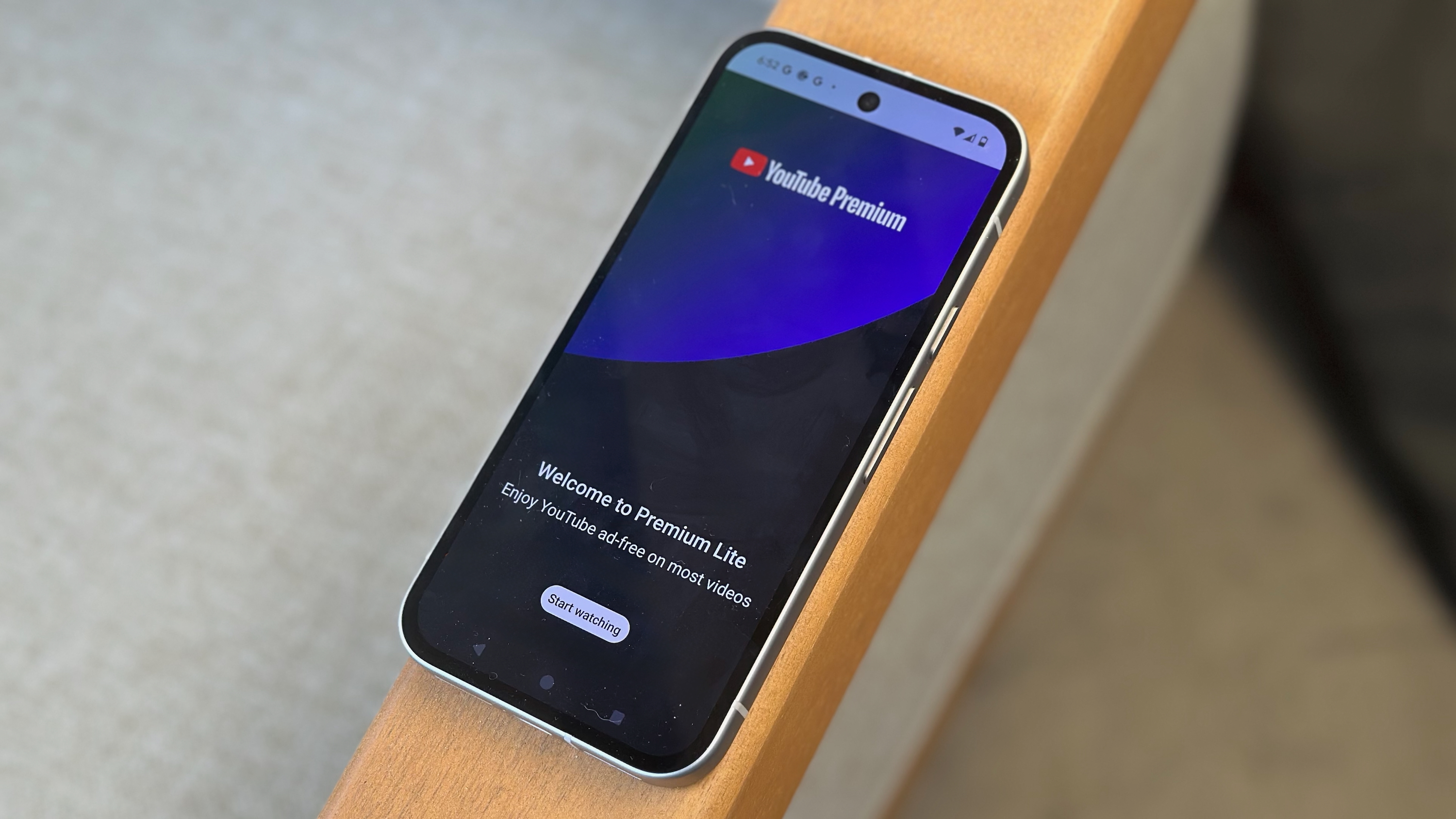

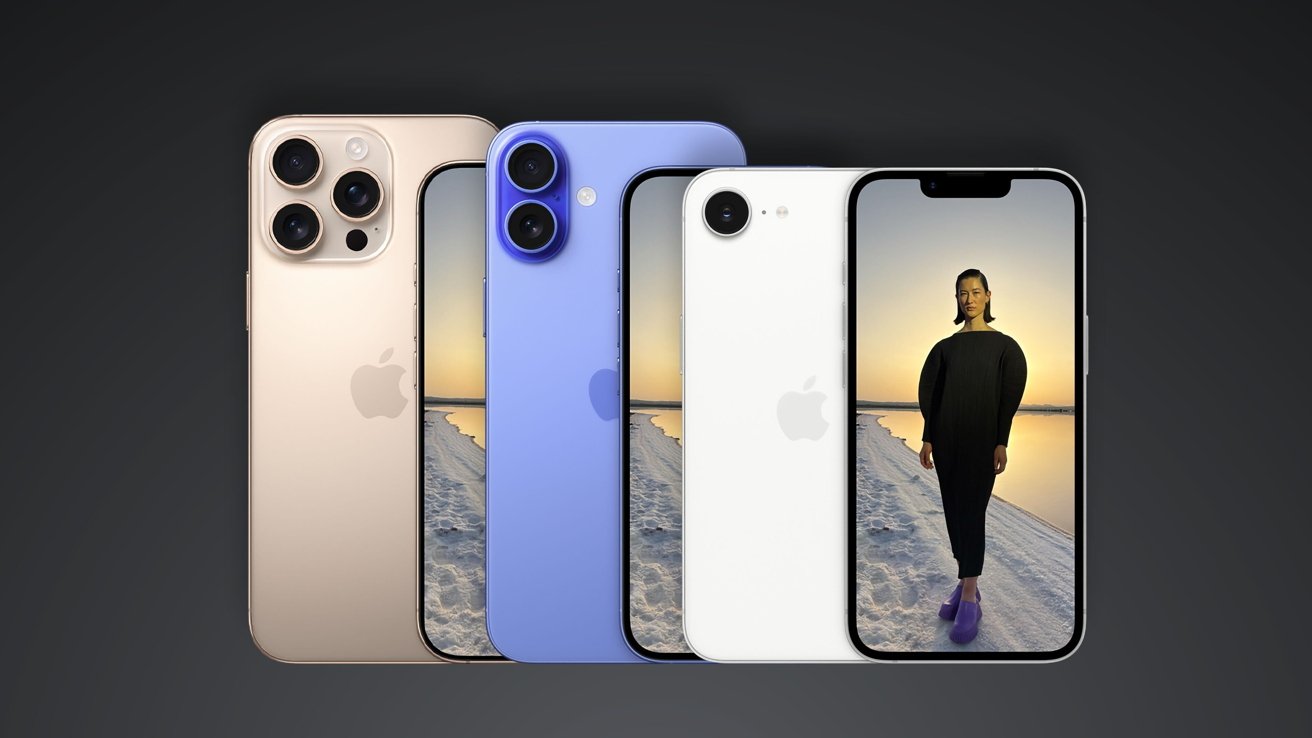
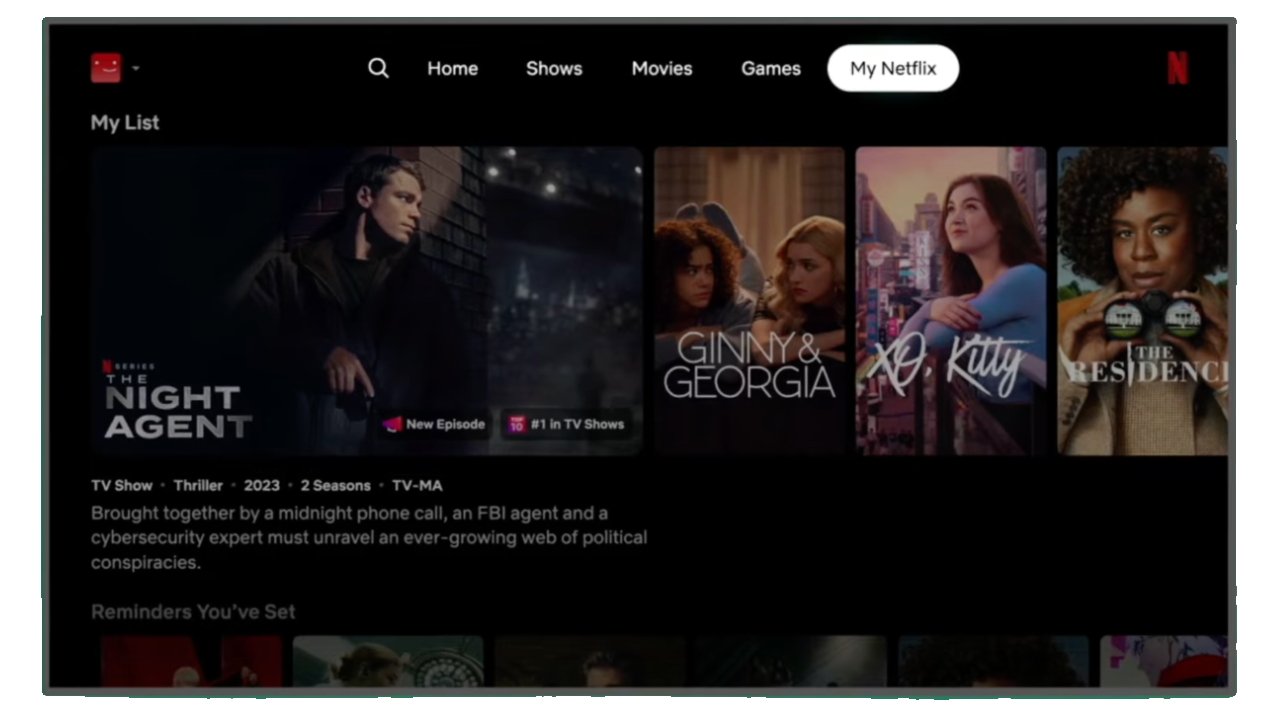
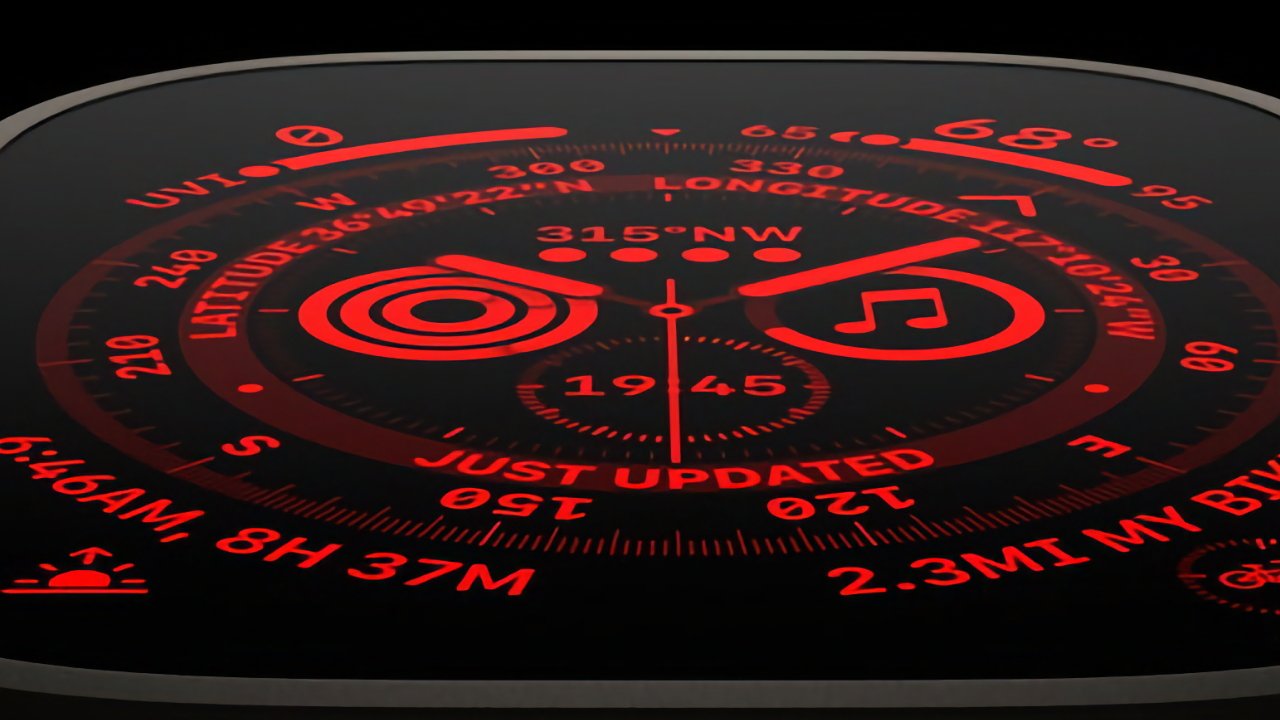





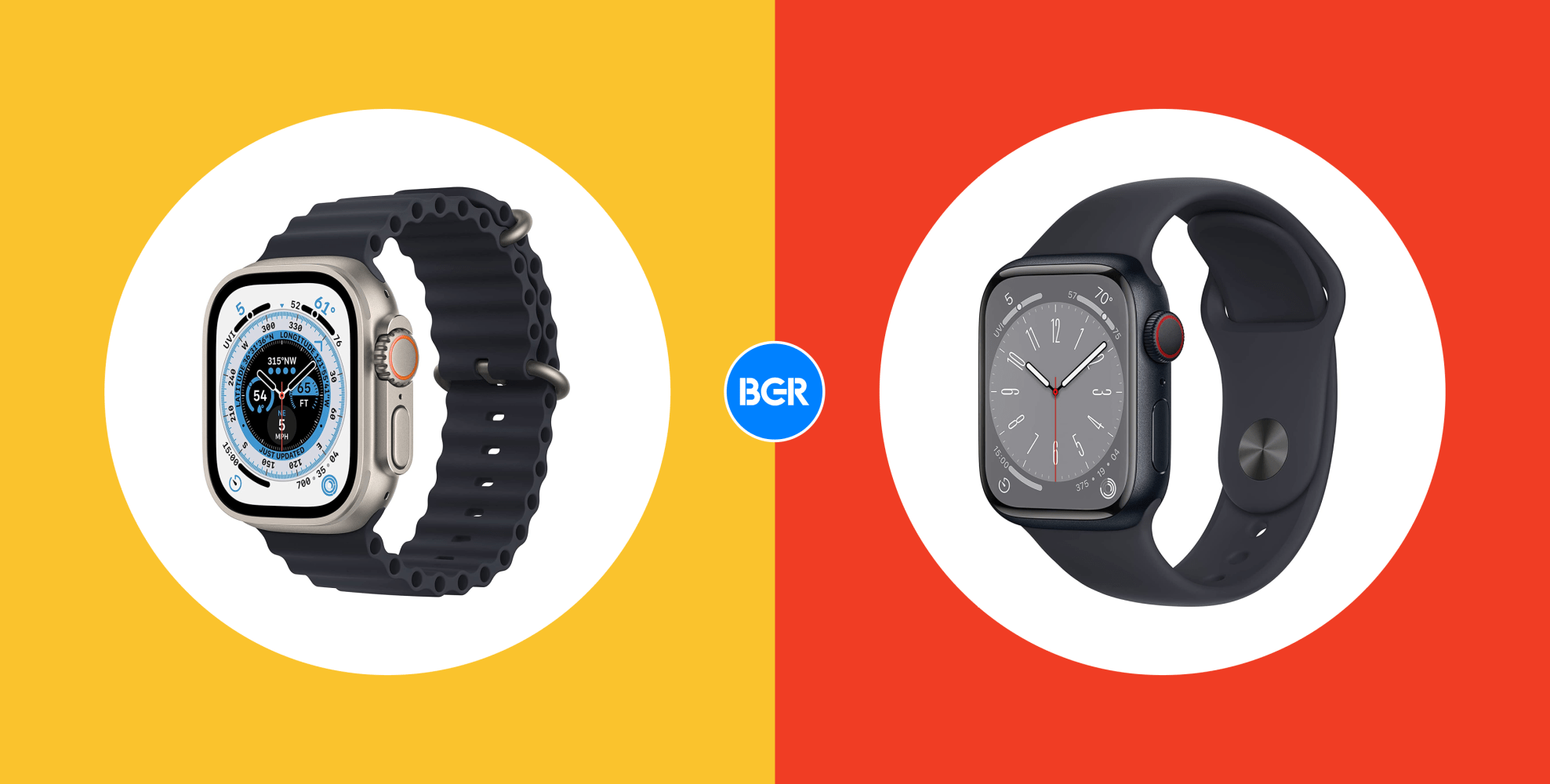
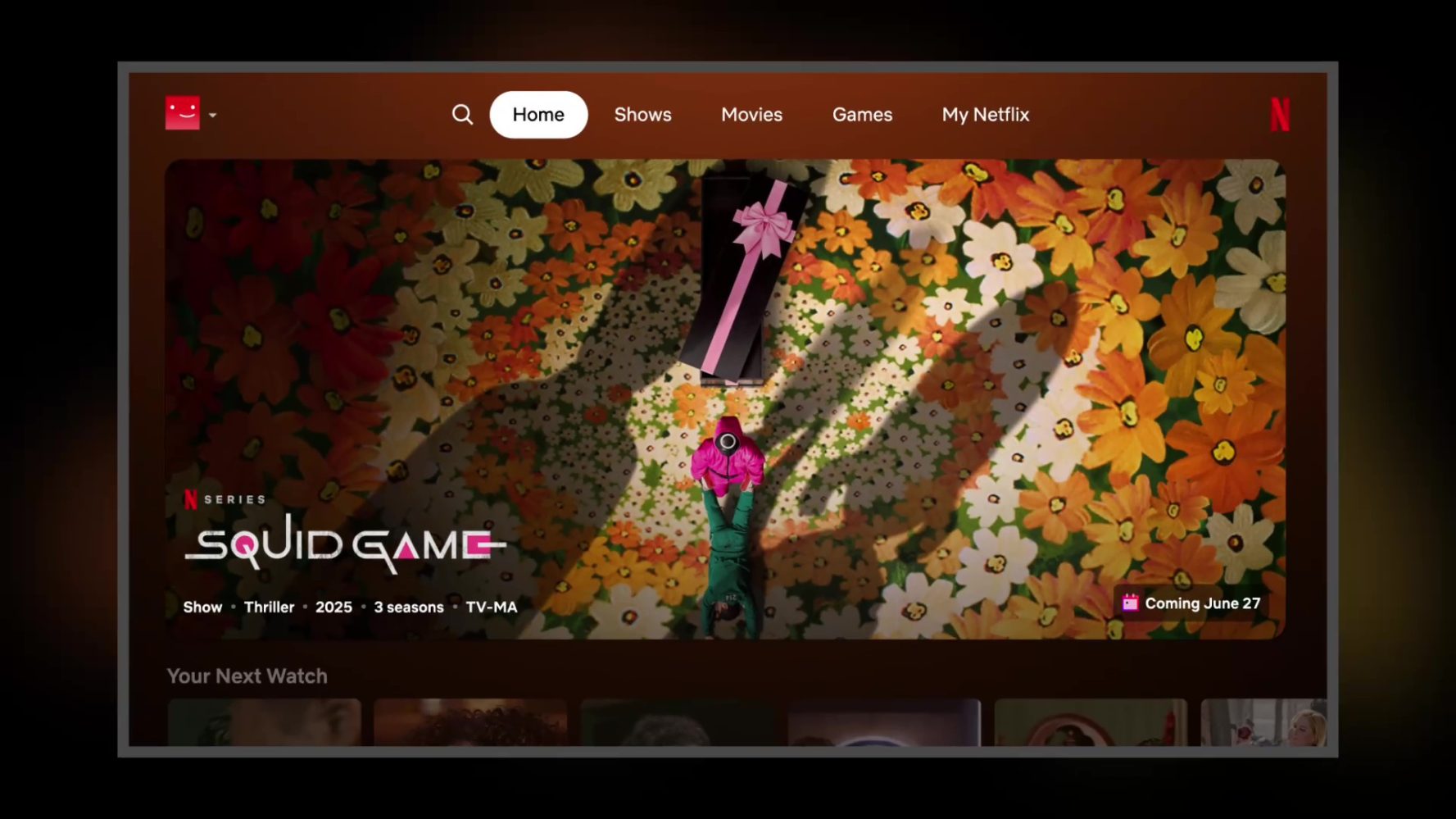
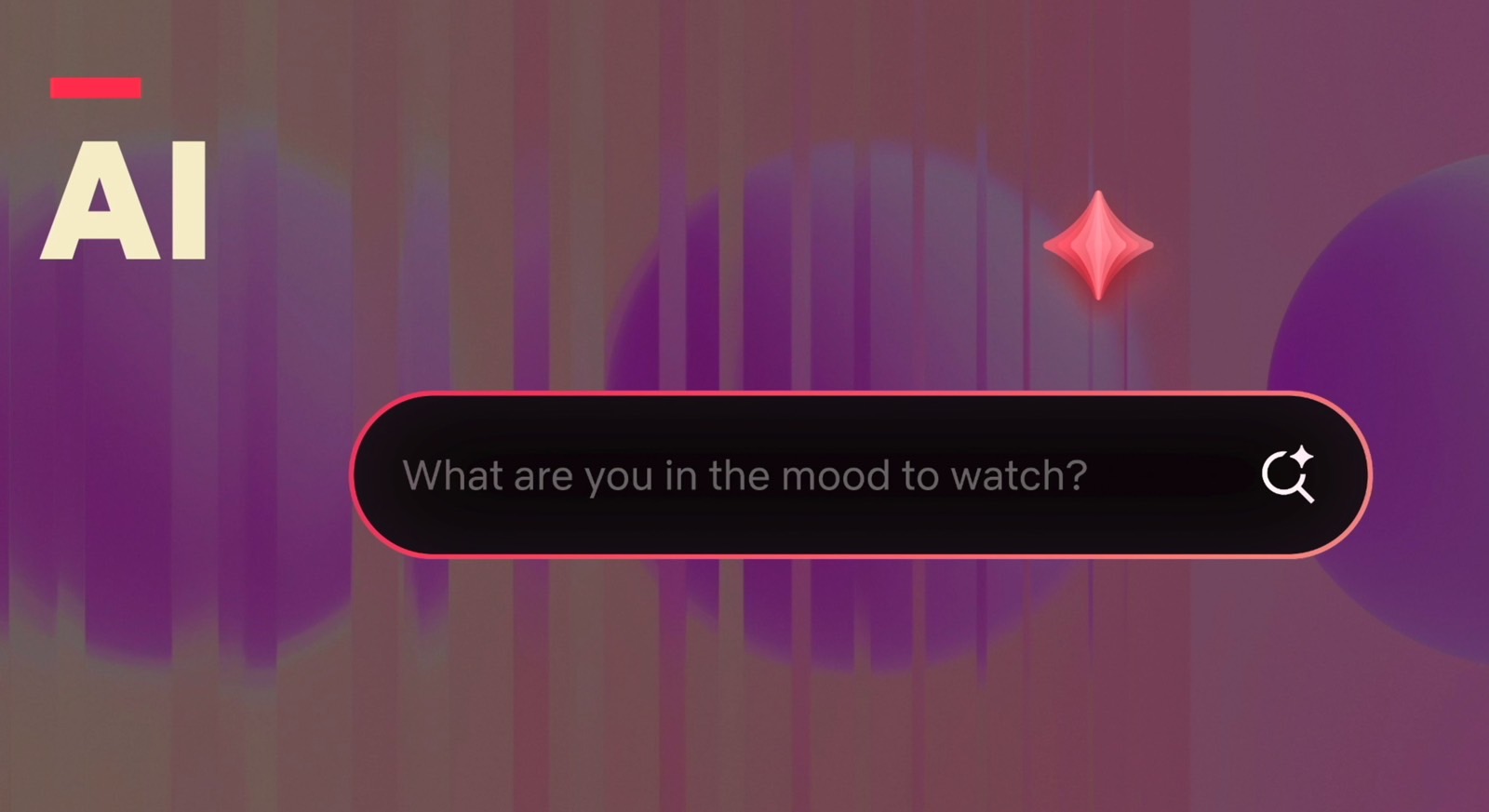












































































_Alexey_Kotelnikov_Alamy.jpg?width=1280&auto=webp&quality=80&disable=upscale#)
_Brian_Jackson_Alamy.jpg?width=1280&auto=webp&quality=80&disable=upscale#)
























































































































![[The AI Show Episode 146]: Rise of “AI-First” Companies, AI Job Disruption, GPT-4o Update Gets Rolled Back, How Big Consulting Firms Use AI, and Meta AI App](https://www.marketingaiinstitute.com/hubfs/ep%20146%20cover.png)



























































































































































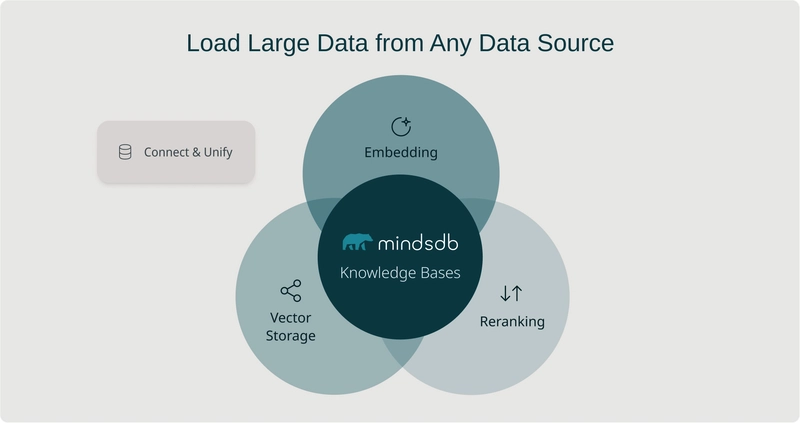










































.jpg?#)
























































